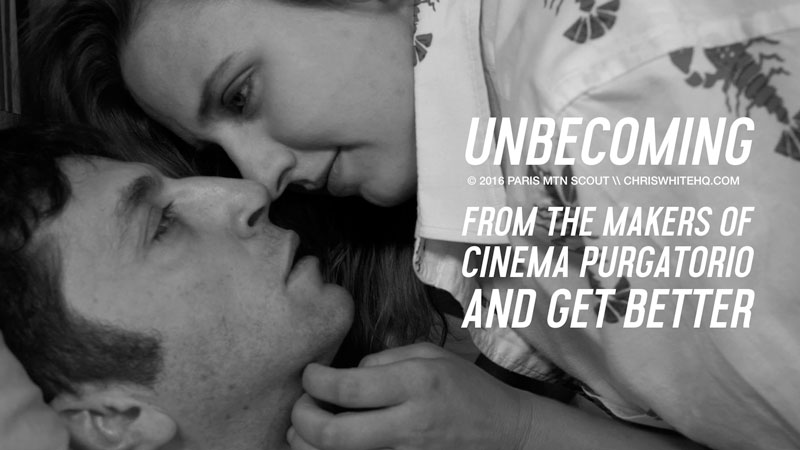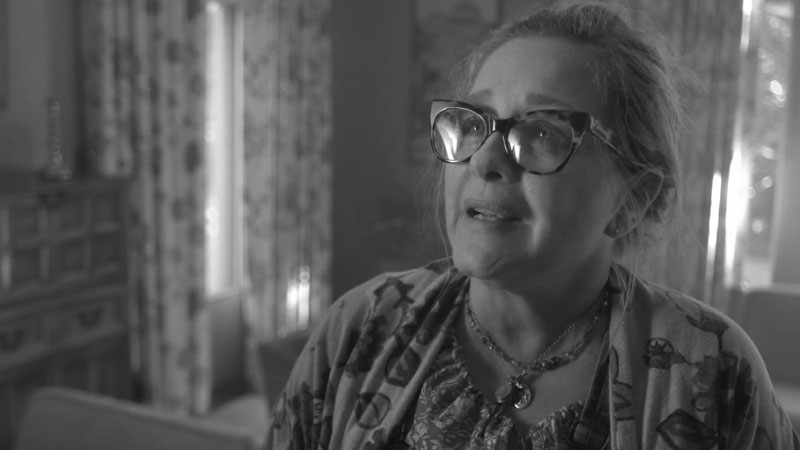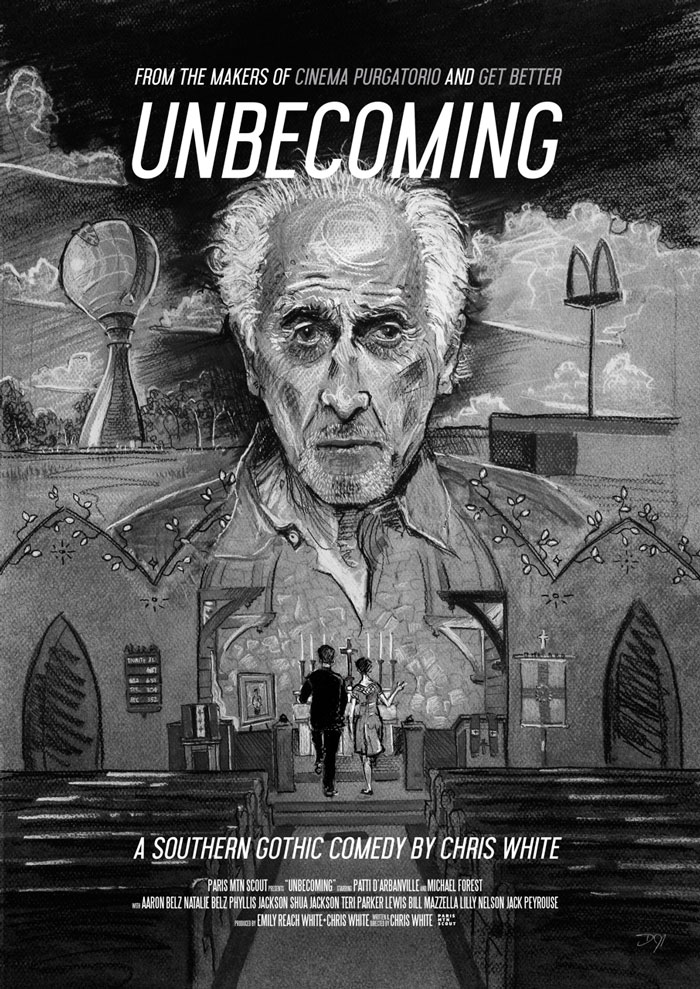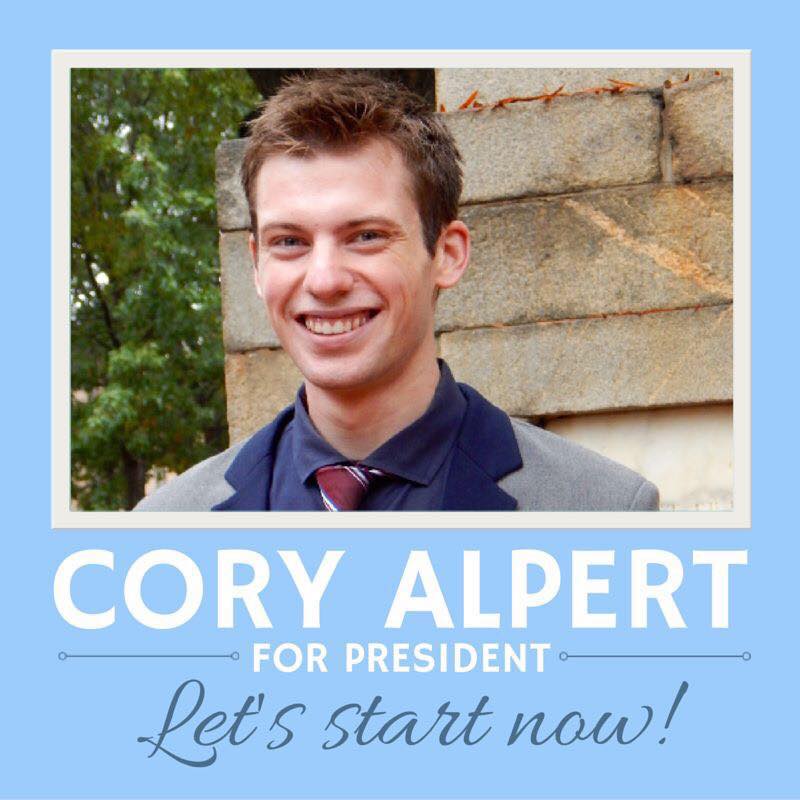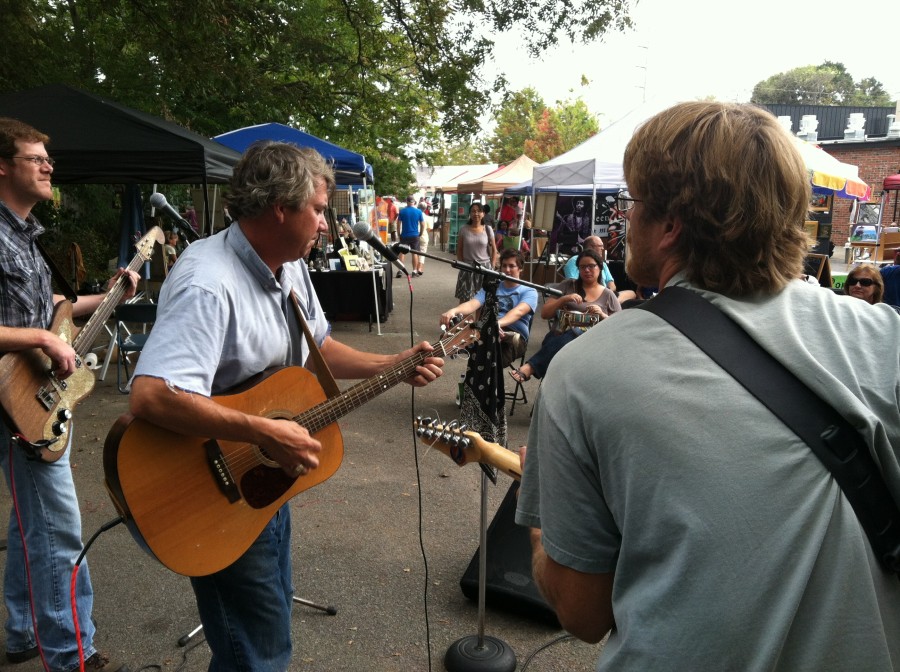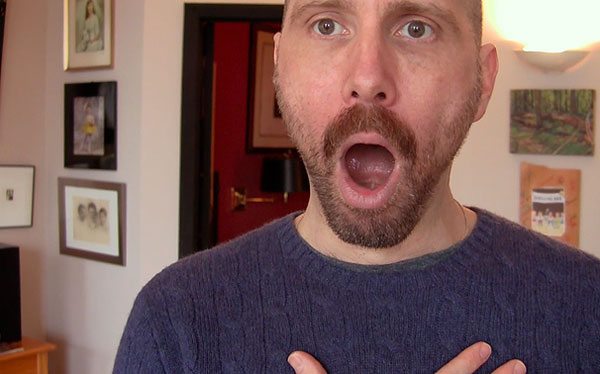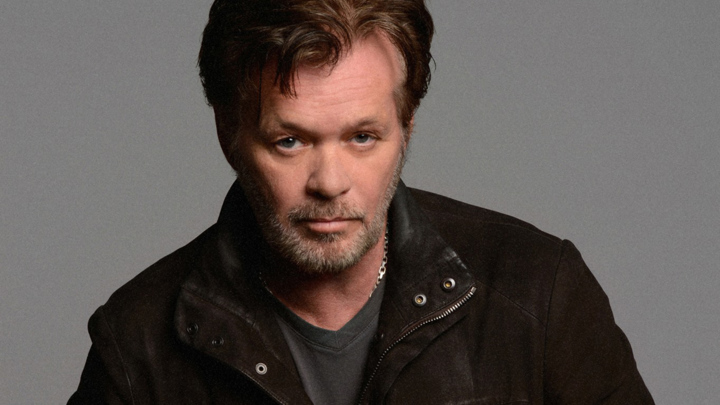By Mary Catherine Ballou

Photographing coastlines from airplane windows, photographer J. Henry Fair aims to broaden people’s awareness of both the allure of our coastal areas and the environmental degradation that has occurred, and continues to occur, to our beaches, marshes, wetlands, and waterways. His latest exhibition, entitled Eyes on the Edge, currently on display at the Columbia Museum of Art through October 23rd, accomplishes just this, captivating viewers with artistry and technical expertise, while at the same time inspiring awareness of the fragile environmental conditions.

Photo: Coastal Wetlands Meet the Ocean, 2 July, 2015, J. Henry Fair, Winyah Bay National Estuarine Research Reserve, SC, 2016, Color photograph.
Composed of large-scale photographs of the South Carolina coast, all of which display rich colors and detailed clarity, Fair’s aerial shots reveal the beauty of the natural landscape. At the same time, his photos document the detrimental and intrusive effects of human-made developments, seen, for example, in the form of high-rise condos jutting out into the ocean past the edge of the dunes and tide-lines, with golf courses buttressed against it; cookie-cutter subdivisions squeezed tightly together; and geometrically-dizzying views of rows upon rows of automobiles, RV campers, and beach umbrellas galore. Complex coastal topographies, composed of various inlet formations, resemble root and vein-like structures expanding into tree-type shapes and alien landscapes. Ultimately, they serve as foils to the human-made constructions, intermingling in both apparent and dangerous ways.

Photo: Ocean Undermines Beachfront Condominiums, 16 April, 2016, J. Henry Fair, Isle of Palms, SC, 2016, Color photograph
Eyes on the Edge reveals to viewers in South Carolina what Fair eventually aims to document along the entire coastline of the United States – the precarious and vulnerable interspersion of the oftentimes destructive encroachment of human development on the naturally-formed landscapes and waterways of our country, and how, unfortunately, that balancing act is well on its way to tipping the scales much too far toward the side of irreversible damage to the splendor and geography of Mother Nature.

Photo: Morning Beachgoers, 2 July, 2015, J. Henry Fair, Myrtle Beach, SC, 2016, Color photograph.
A visit to this photographic exhibit offers eye-opening views and rarely seen perspectives of familiar coastal locations and landscapes. Perhaps more importantly, it reinforces and reminds viewers that we must strive to protect and conserve what remains of the natural world before it is too late, and that while development may be beneficial at times, it is imperative to remain cognizant and respectful of the need for a harmonious relationship between nature and humankind.

Photo: St. Helena Sound Wetlands, 13 October, 2015, J. Henry Fair, Beaufort, SC, 2016, Color photograph.
In the following interview, J. Henry Fair offers insight into his artistic and environmental work.
How did your interest in photography begin? Did you always aspire to be a professional photographer?
I stole my father’s old Kodak Retina as soon as I could figure out how to use it, and started photographing the same things I’m doing now: people, machines, icons. I like to tell myself that I have figured a few more things out since then.
Please explain your photographic process behind the creation of the exhibit Eyes on the Edge.
I start with an idea of what images I want to make, then I go look for them, which involves hiring a plane and pilot, and plotting the ideal time for the light and the tide for this project. The pictures were made with a medium format camera for maximum detail on the prints, which are photographic “c” prints, done by a lab in Frankfurt.
What initiated your passion for environmentalism?
I have always had a deep concern for the environment and our heedless abuse of these systems that provide us with free air and water. That and my fascination with the beauty of machines (as a pinnacle of human achievement) led me to try to create images that would provoke thought about the impacts of our consumer society.

Photo: New Cars Queued for Loading onto Transport Ship, 16 April, 2016, J. Henry Fair, Charleston, SC, 2016, Color photograph.
Does your concern for environmental issues always go hand-in-hand with your photography? Would you describe yourself as an environmental photographer?
My pictures are always about subjects that concern people, whether that be environment, racism, gun control.
Is photography your primary artistic medium?
I do some film as well as photography, and the presentation of image and science is starting to become for me its own artistic medium.
What do you expect or hope viewers to take away from this exhibit?
I hope my pictures will help people realize the power they have as consumers. Everything that we purchase has a hidden cost to our planetary life support systems that is usually not included in the purchase price. Our situation is dire, but we can all affect it by changing our buying habits, which will force the producers to change their methods, and by demanding that our governments enact regulations to protect our children.

Photo: Yellow Haze Over City of Charleston with Industry in Foreground, 9 October, 2015, J. Henry Fair, Charleston, SC, 2016, Color photograph.
Is there a certain piece in Eyes on the Edge that you find particularly compelling in terms of artistry and/or environmental issues?
Each of the pieces in the show tells an important story about an aspect of the Carolina coast. My favorites are the inlet on Edisto Island and the three rivers entering St Helena Sound.
Where else can people view your work?
The next show in the USA is a group show about climate change at the University of Denver in the spring. But my website is http://www.jhenryfair.com.
Do you have any future projects in-store that you would like to tell Jasper readers about? Will your emphasis remain primarily on photographing coastal areas only?
I will continue to photograph the coasts of the USA, and actually just did Maine. Another project on my mind is slavery and racism.
What advice would you give to aspiring photographers and environmental activists?
My advice for aspiring photographers would be to get a real job. It’s too hard to be an artist. If one must do it, one should enroll in a good art school. Environmentalists I would suggest to think small and local and focus on something for which one has a passion.
Did any unusual or interesting experiences occur during your aerial photography sessions?
The process begins with a lot of research: the nature of the industry, environmental impact of their practices, different operators and locations. Then it’s a matter of logistics. Once, with a pilot from Alabama, on a trip to explore the lower Mississippi River, we had landed at a small airfield to warm up, hit the head, and begin. After takeoff, I asked if it was safe to open the window, and proceeded, only to have it come free in my hands. As this was a push/pull plane, there was a prop behind us, and the aileron. Had I released the window (in the 100 mph airstream) the results might have been problematic.

Photo: Wetlands in Long Brow Plantation, 14 October, 2015, J. Henry Fair, Green Pond, SC, 2016, Color photograph.
For exhibit info, please visit: https://www.columbiamuseum.org/exhibitions/eyes-edge.
For more information about Fair’s work, please visit: http://www.jhenryfair.com/.














